#P.T. Barnum
Explore tagged Tumblr posts
Note
"hey, why is [insert thing related to a disability] offensive?"
"well you see, there was a man named pt barnum--"
of course. it's always pt barnum, he's always (hyperbole) at the scene of the crime
Hello! Truly! P.T Barnum was a major player in popularizing sideshow and freak show culture, owning and trading countless slaves along the way. He truly was an awful man - be sure to look him up when doing work on disabled history, the ugly laws, slavery, etc.
161 notes
·
View notes
Text






"If only the banks would take joy as collateral." "They may not. But, I will."
#Zac Efron#The light of my life.#The love of my life.#Beauty that defies description.#Phillip Carlyle#My melancholic disgraced love.#Hugh Jackman#P.T. Barnum#The Circus King#Barlyle#OTP: You brought joy into my life.#The Greatest Showman#Mine.#I had to do an edit of the Forever OTP for my birthday.#I miss these gorgeous Circus Dads.
176 notes
·
View notes
Text
Ok... Listen... Hear me out on this ship ok?...


idk I feel like they match each other's freak
#deadpool and wolverine#Deadpool#the greatest showman#Hugh Jackman#Ryan Reynolds#p.t. barnum#match my freak#crackship#RED#DOUBLE RED#does this make sense#Can someone make a fic of this#freaky deaky#Do you agree#bixesual#Pansexual#lgbtq#They would get freaky#Role play core#idk why i made this#idk how to tag this#idk what else to tag
59 notes
·
View notes
Text
my sister and i tried to play the greatest showman soundtrack in my car last night (me bc i watched deadpool and wolverine the other day, her bc she loves hugh which so fair), fully forgetting the heavy drums and my cars heavy bass speakers combined and we were literally shaking to the beat of the drums on the road
ngl i thought a window could explode
#we lived tho#hugh jackman#the greatest showman#deadpool and wolverine#poolverine#logan howlett#p.t. barnum#i cannot remember any of the other cast or character names#it’s a banging movie thor
74 notes
·
View notes
Text
HUGH JACKMAN ONNMY SCREEN I REPEAT THEY PUT HUGH JACKMAN IN AT THE SOCIAL FUNCTION






#hugh jackman#the greatest showman#p.t. barnum#deadpool and wolverine#wolverine#huge assman#I NEED HUGH JACKMAN#zendaya#pt barnum#the greatest showman IN MY BRAIN
46 notes
·
View notes
Text
art dump of some of my favorite roles from Hugh Jackman :D

Drover from Australia, Harrold Hill from Music Man, Wolverine from Deadpool3, P.T. Barnum from The Greatest Showman, the Easter Bunny from Rise of Guardians, and just Hugh having a milkshake :3
#I love him sm 🫶#my art#noxxarts#art#idk#hugh jackman#x men wolverine#logan wolverine#the wolverine#wolverine#wolverine fanart#logan howlett#james howlett#james logan howlett#Drover#Drover Australia#australia movie#faraway downs#music man#harrold hill#Music man musical#Music man 2023#p.t. barnum#greatest showman#Hugh Hackman lmao#He’s such a silly guy#artwork#art dump#doodle#sketches
14 notes
·
View notes
Text
Oct 12 here, so I just wanted to say HAPPY BIRTHDAY HUGH! 🫶❤️

#happy birthday#hugh jackman#fypツ#fypage#fyp#charlie kenton#fypart#fypシ#real steel#tumblr fyp#old man logan#artists on tumblr#logan howlett#roddy#drover#van helsing#stanley jobson#keller dover#vincent moore#frank tassone#kate and leopold#p.t. barnum
41 notes
·
View notes
Text




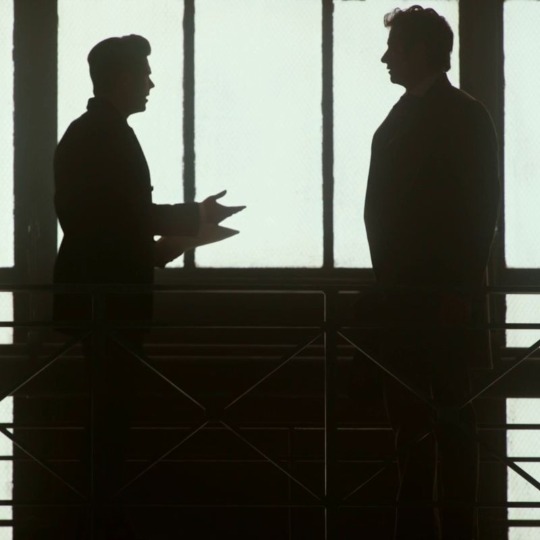

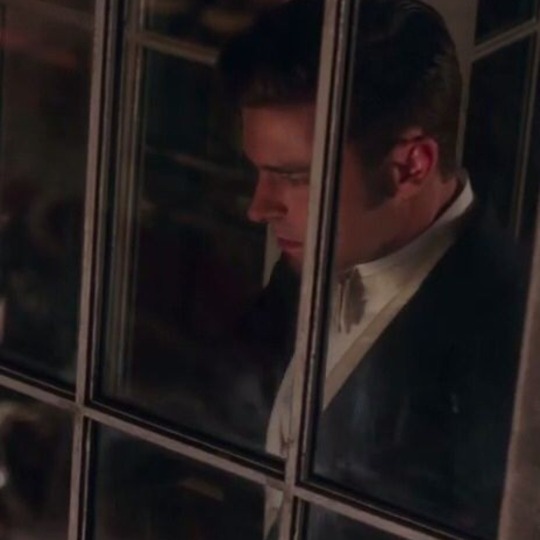
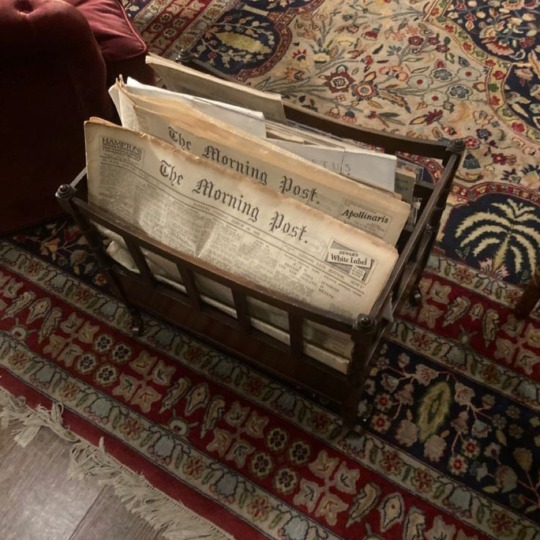

PT & Phillip ~ office aesthetic
#The Greatest Showman#P.T. Barnum#Phillip Carlyle#Tgs#Hugh Jackman#Zac Efron#You can read this as#Barlyle#If you wish#I shan't stop you#Character aesthetic#Moodboard#Ship aesthetic
138 notes
·
View notes
Quote
The noblest art is that of making others happy
P.T. Barnum
#P.T. Barnum#quotelr#Happiness# Art# happiness# making# other#quotes#literature#life quotes#author quotes#prose#lit#spilled ink#writers on tumblr#writing inspiration#poets on tumblr
200 notes
·
View notes
Text

The Return of the Dire Wolf
#extinct species#extinction#extinct animals#bioscience#biotechnology#dire wolf#romulus and remus#ancient rome#de extinction#genetics#genetic engineering#wolves#Colossal Biosciences#breaking news#science news#thylacine#extinct#Tasmanian tiger#P.T. Barnum#wooly mammoth#wooly mice#biology
9 notes
·
View notes
Text
Cincinnati Was Fascinated By Talking Machines Whether Good, Bad Or Bogus
Professor Faber’s amazing “talking machine” arrived in Cincinnati to great fanfare in 1872 when that contraption shared a bill at Wood’s Theater with the famous Bandmanns, Daniel and Millicent. The celebrity thespians presented “The Merchant of Venice” and “The Corsican Brothers.” The talking machine recited whatever the professor told it to.
As early as 1844, the Cincinnati Enquirer carried reports of Austrian Joseph Faber’s progress in developing a mechanical device that could replicate human speech. The original “Professor” Faber, unhappy with progress on his own invention, killed himself in 1850, but the project was taken on by his nephew, also named Joseph Faber, who perfected the device and took it on tour. The Enquirer [25 January 1872] described it in some detail:
“On looking at it you see a table, on one end of which is a key-board with a number of levers similar to the hammers of a piano leading to an upright beam. At the front of this beam you see a mask from which you hear, in tones that remind one of a child’s trumpet, the measured enunciation of words. Back of this beam stands a pair of bellows which is operated by a treadle, and furnishes the air that is required to supply the instrument.”
Faber’s device was a sort of analog speech synthesizer, an ancestor of the Vocoder and similar electronic devices of the Twentieth Century. The operator, by pumping pedals and pressing keys, generated sounds resembling human speech. The Enquirer’s reporter, imagining no “practical utility,” was nevertheless impressed with the machine’s performance.
“During the exhibition the machine was made to speak in English, German, Greek and Hebrew. It beats the Professor speaking English, and but for the example of broken English he sets would speak almost as closely as anyone. It pronounced such words as Mississippi, Cincinnati, Chicago, Philadelphia with ease and clearness. Although it speaks with a decided German accent, one has less difficulty understanding it than the average German who has been three or four years in this country.”
While touring the United States, Professor Faber impressed impresario Phineas Taylor Barnum so much that the great showman renamed the machine as The Euphonium and engaged it and its operator for six months on a contract worth $20,000. Barnum brought the newly christened Euphonium back to Cincinnati in July 1872 as a highlight of his “Great Traveling World’s Fair.” That extravaganza also featured four giraffes, sea lions, herds of trained elephants, Fiji cannibals, American Indians, various dwarves and midgets and three rings of continual circus acts. Barnum’s Fair occupied the Union Baseball Grounds for four summer days at a time when Cincinnati had no professional baseball team. Reports indicate that Barnum got his money’s worth as his show became the hottest ticket in town. Barnum did well enough that he extended Faber’s contract for at least another year. The Euphonium continued to receive star billing when Barnum’s circus returned to Cincinnati in 1873.

Professor Faber continued to exhibit his talking machine well into the 1880s, several years after a very different sort of talking machine made its debut. Thomas Edison, the Genius of Menlo Park, unveiled his phonograph in 1877 and Cincinnati shifted its attentions to the new gadget in town. The Cincinnati Commercial dispatched a reporter to Edison’s laboratory and he filed [3 April 1878] a breathless dispatch:
“I saw the talking-machine, talked to it, and it talked back. You have heard about it, of course, but the story can not be an old one for years to come, and although the phonograph is as simple as a jackknife, it excites the awe of the beholder as a telegraph wire stirs up an Indian’s superstition”
It was another year before an actual phonograph arrived in Cincinnati, almost simultaneously with an early telephone. The Enquirer [5 June 1878] announced the dawn of a new age:
“The phonograph now on exhibition at Greenwood Hall had an increased number of visitors yesterday, our most prominent citizens leading what must become a rush to witness this real wonder, which, with the telephone, marks an era in science. It is impossible to describe the sensation created by this ‘talking’ machine, which gives back to one his own very words and tones in either speaking or singing, and which, many believe, is to revolutionize many things in social and business life.”
Edison’s mind-blowing machine inspired a couple of Cincinnati con artists to offer talking machine service to the great unwashed. At a time when phonographs cost the equivalent of $500 and cylinders the equivalent of $15 per in today’s coin, the opportunity to try out this revolutionary device for one thin dime was irresistible. According to Frank Y. Grayson’s wonderful book, “Pioneers of Night Life on Vine Street,” the flim-flam men set up shop just south of the canal.
“Across the front of the dump, spread a canvas which bore these words: ‘Come In and for a Dime Hear the Most Amazing Invention of the Age – the Talking Machine Extraordinary.’”
The dupes who fell for the pitch surrendered their ten cents and were handed a rubber mouthpiece attached to a long hose. They said their piece while the operator furiously cranked a large wheel, waited a moment and – voila! – their words of wisdom emerged from a rubber bulb sprouting a tin funnel.
“News of the wonderful invention flashed up and down the good old avenue, and the come-ons fell all over themselves getting into the place. The crooks made hay while the sun shone.”
Their demise came when the local beat cop stopped by and tested his elocution. He shouted, “What am I?” into the mouthpiece, the customary pause ensued and “What am I?” emerged faintly from the funnel – followed by a sneeze. “I didn’t sneeze,” said the cop and descended into the basement where he found a fat man in shirtsleeves, managing the other end of a couple of rubber hoses.
Talking machines so excited the imagination of Cincinnati’s residents that they infested the hallucinations of our cranks. The Enquirer [21 October 1900] related the case of Mrs. F.C. Lykins of Walnut Hills, who sent letters accusing a young man residing at the Union Bethel of annoying her with his talking machine. A detective determined that there was no such resident at the Union Bethel, and no one by that name living in the area. Mrs. Lykins insisted that voices from a talking machine filled the air around her head. The detective just smiled, closed his notebook, and headed back downtown.
13 notes
·
View notes
Text



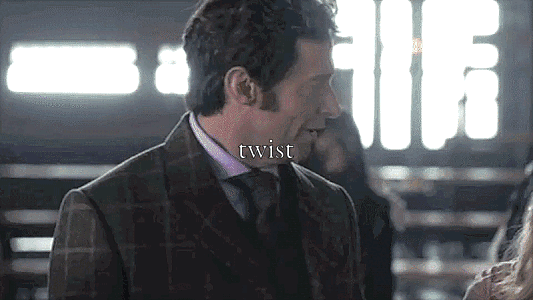
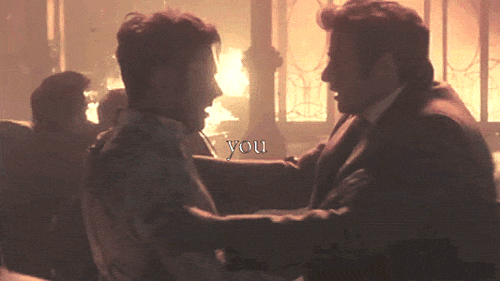
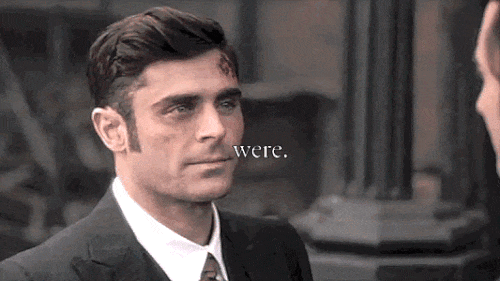
#Zac Efron#The light of my life.#The love of my life.#Phillip Carlyle#My melancholic disgraced alcoholic love.#Hugh Jackman#P.T. Barnum#The Circus King#Barlyle#OTP: You brought joy into my life.#The Greatest Showman#Mine.#So many#many things I could go on about forever.#From Phillip's marriage proposal to 'That's because I'm selling virtue'#to Phineas immediately zoning in on Phillip in a crowded room like something right out of a period romance#to the way he seeks Phillip out during the fire and can't keep his hands off of him once he's found him.#Just... ugh.#These circus men.#All I want is to fly with queue.
139 notes
·
View notes
Text



The grave of Anna Haining Bates, her husband Martin Van Buren Bates, and their infant son.
Known as the world's tallest married couple, both Anna and Martin were giants, standing close to eight feet tall each. Their son, known only as "Babe" on his marker, weighed almost 24 pounds and is the heaviest and longest newborn ever recorded.
#Anna Haining Bates#Martin Van Buren Bates#giants#gigantism#sideshow performer#p.t. barnum#long live the queue
14 notes
·
View notes
Text

64 notes
·
View notes
Text
I'm absolutely in love with this movie ever since I've watched it at the theatre in 2017
Still know every single song word for word and it's the only movie I've seen so far in which I like Zac Efron and his performance









12/30/2024
#the greatest showman#⭐⭐⭐⭐#2017#greatest showman#movies#movie#musical#drama#p.t. barnum#hugh jackman#zendaya#zac efron#rebecca ferguson#michelle williams
9 notes
·
View notes
Text

Spooktober Celebration ⵈ 🎃 ⵈ Spirit Photography
With the end of the U.S. Civil War and the rise of Spiritualism, spirit photography became a means for people to connect with lost loved ones. At least, that was goal. Fraud photographers would use double exposure (a process where one frame is placed upon another), which make a ghostly figure appear behind the person.
Key photographers: William Mumler, William Hope, David Duguid, Edward Wyllie
Believers: Sir Arthur Conan Doyle, Mary Todd Lincoln,
Disbelievers: P.T. Barnum, William S. Marriott, Harry Houdini
#edit: spooktober celebration#spirit photography#spirit#spirits#ghost#ghosts#photography#edit: mine#19th century#history#historyedit#civil war#spiritualism#sir arthur conan doyle#mary todd lincoln#p.t. barnum#harry houdini
10 notes
·
View notes